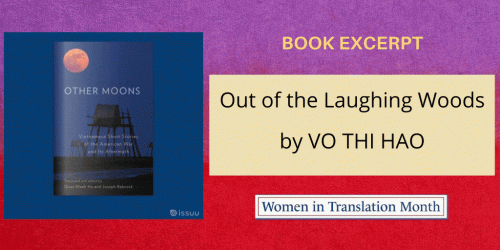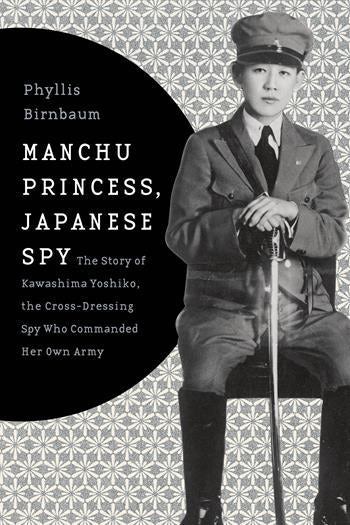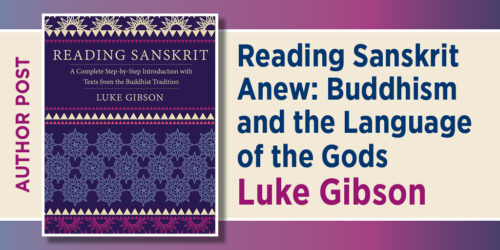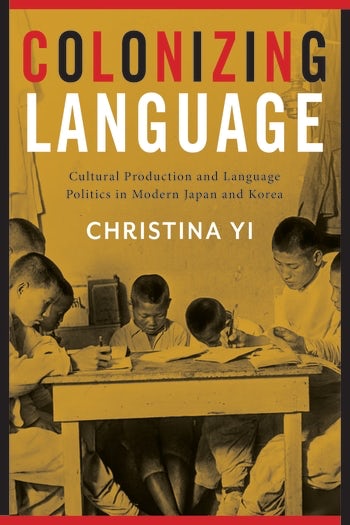The myth of "Chindia" — An interview with Jonathan Holslag
At the end of the year, Jonathan Holslag, author of China and India: Prospects for Peace, was interviewed in the Wall Street Journal about the relationship between the two nations that many feel will be increasingly prominent in the coming decade.
Unlike those who see India and China as forming an interdependent relationship (Chindia), Holslag sees various factors that might cause friction between the nations. From the article:
[Holslag] doubts that the two countries are developing “a division of labor” – India as service provider and China as manufacturer – that might make their respective economic expansion paths “more competitive than cooperative.” He sees India and China as rising military rivals not only with entrenched border disputes but also as the major powers in a “belt of insecurity” stretching from Pakistan to Myanmar, each nation jostling for the upper hand in weak capitals around Asia and prone to proliferation as they eye the other’s diplomacy with suspicion.
And how does the United States figure into the idea of Chindia?:
Holslag is already on record as describing the U.S. as a “declining” power globally, and says Washington is on balance a factor that pushes India and China further apart. He argues that a financially weaker India, for instance, doesn’t have the mindset to respond to “growing pragmatism” in the Sino-U.S. relationship by cozying up to Washington, and instead will see more reason to build its power from within.
For more on the book, you can read an excerpt from the book.







